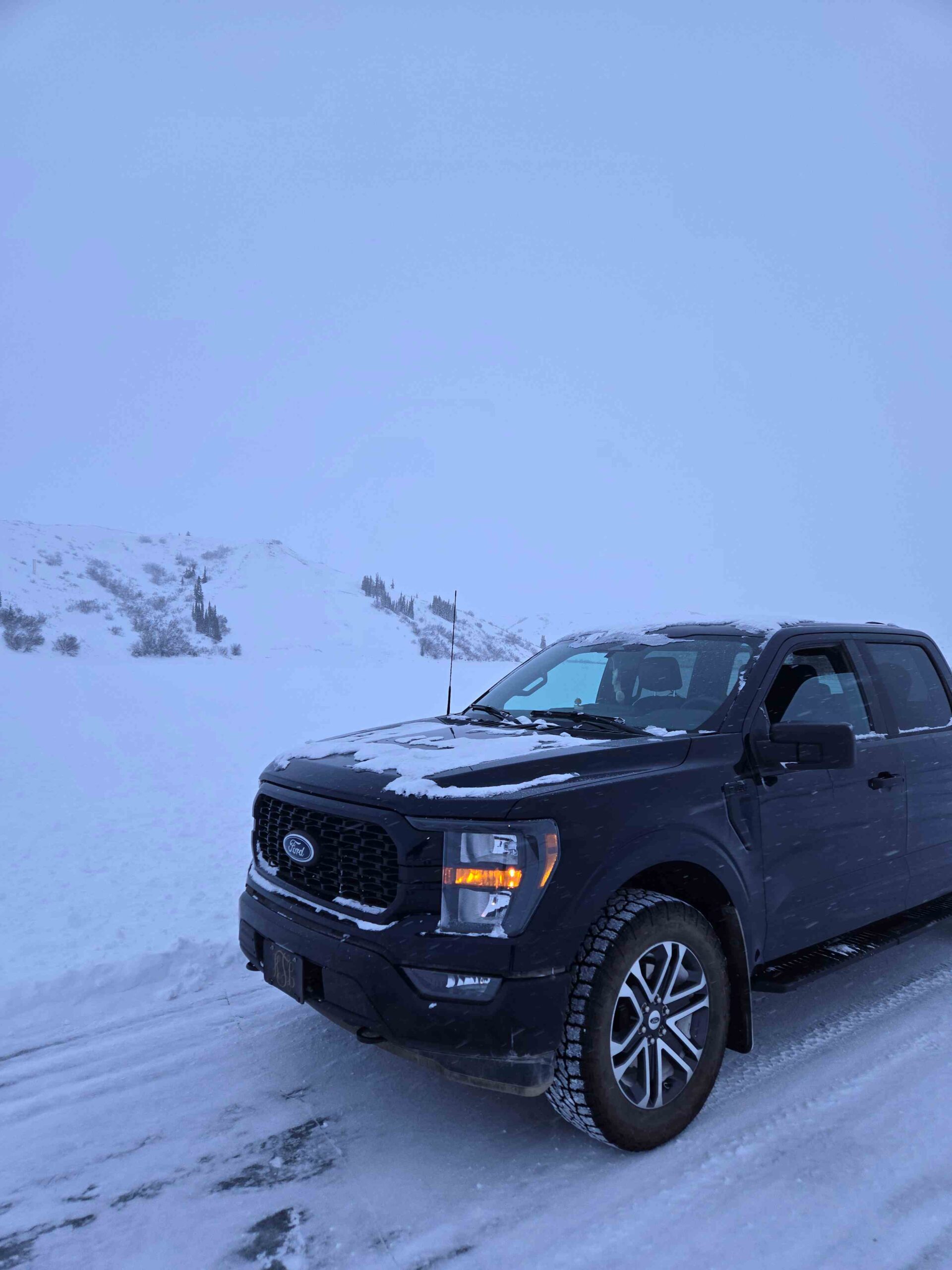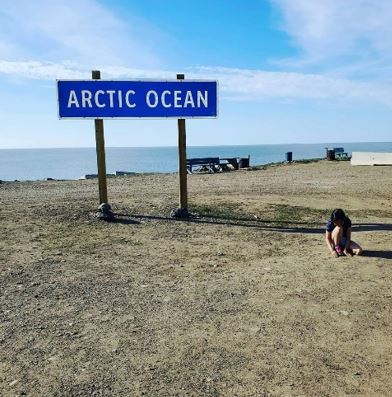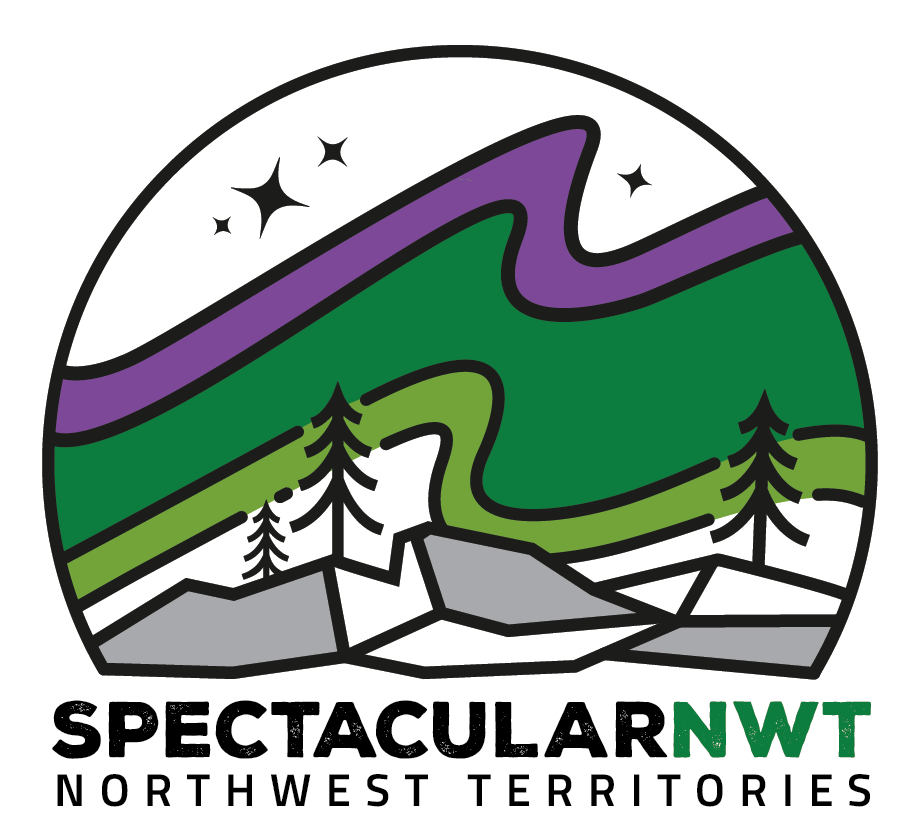In addition to other “most northerly” sights, Inuvik is also home to the world’s northernmost mosque. The Midnight Sun Mosque, affectionately called the Little Mosque on the Tundra, was built in Winnipeg before setting off on its 4,000 km (2,485 miles) journey to Inuvik in August 2010.
Window shop down Mackenzie Rd., and take a peek inside the various stores. In summer, you can enjoy the outdoor Arctic market on Saturday mornings on the covered wooden boardwalk at the Inuvik Welcome Centre in Chief Jim Koe Park.
You may even play some golf. Built in 2009, Inuvik’s Road’s End Golf Club boasts a grassy, 228-metre (250-yard) driving range and a six-hole course. Don’t worry if you didn’t bring your clubs along as rentals are available.
Make sure to hike, run, walk, or snowshoe around Boot Lake Trail, Inuvik’s portion of the Trans Canada Trail. You can also strap your skates on and go for a skate, either outdoors or inside, where the Midnight Sun Complex offers free public skating in the winter months.
Inuvik is also the perfect springboard for wilderness experiences at the Aulavik, Ivvavik, and Tuktut Nogait National Parks.

























































